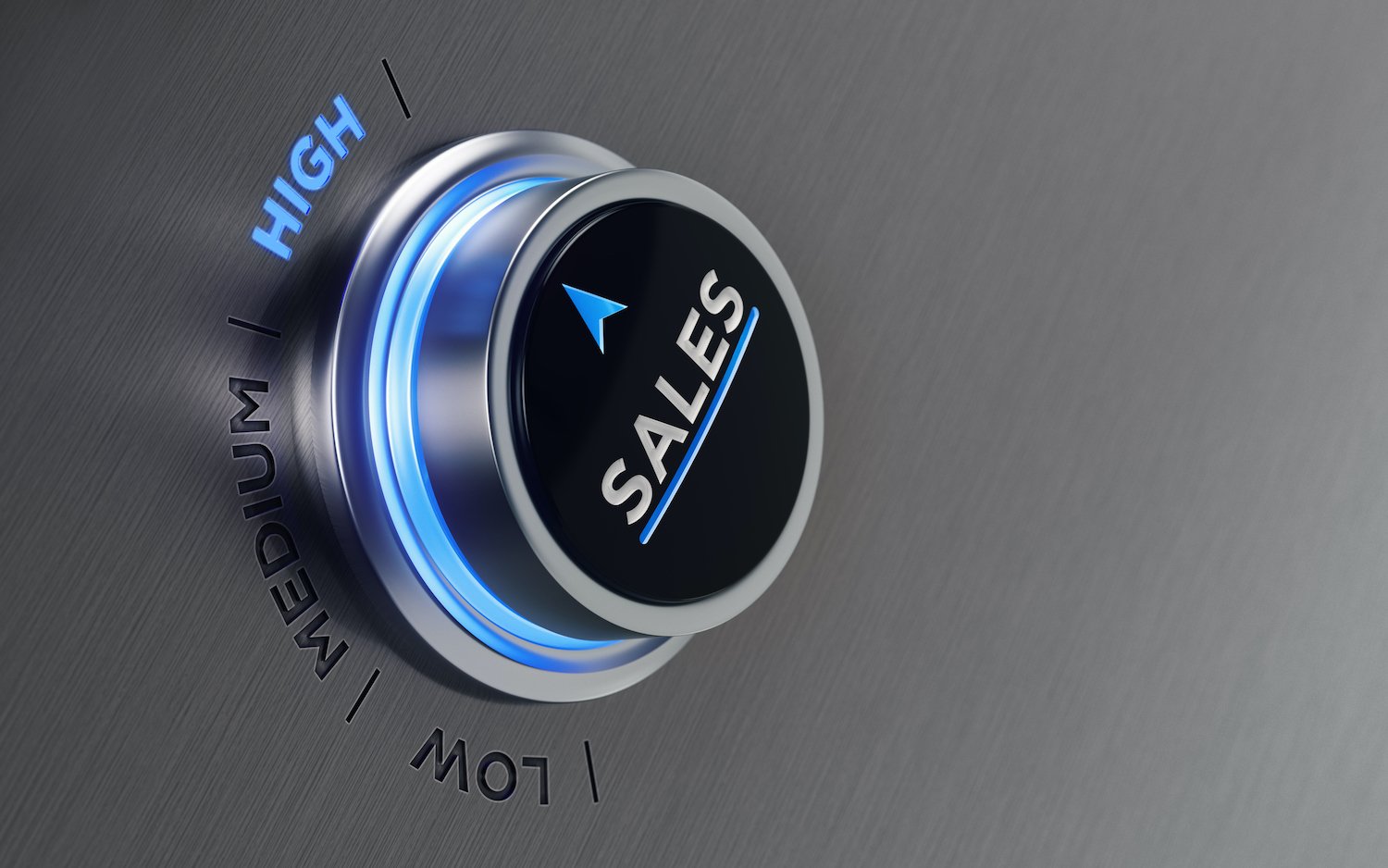In a world that is constantly evolving, businesses find it hard to stand still. It is important to keep up with the latest industry trends and commonly accepted principles. One of the most important ones would be the implementation of Dynamic Search Ads (DSA).
Although DSA is a relatively recent tool in the field of Digital Marketing, it has already managed to become quite popular, thanks to the targeted results that it offers. It is able to create a dynamic campaign that can increase the coverage of users who have no prior awareness of a brand or have not yet interacted with it yet. Whatever different goals you set depending on the needs of your business, what will be set as the ultimate goal is to increase traffic towards your company’s online shop, create a loyal customer base and ultimately increase the profits.
One of the main problems you may encounter is how to create advertising messages that will appeal to a wide audience, which consists of segmented consumers with different needs, preferences and online behaviour. This is exactly where the difficulty lies in maintaining a consistent brand message that is widely accepted from the target audience. This is where Dynamic Ads step in to help you.
What are Dynamic Search Ads?
Creating targeted ads is arguably time consuming, especially when it comes to companies that offer an expanded range of products and services. A massive range does not necessarily mean long hours of targeted keyword advertising campaigns for any of the available products, nor does it mean neglecting them. The solution to this problem comes from DSA (Dynamic Search Ads) or simply Dynamic Ads. Dynamic Ads are an advertising service that can be found on both Google’s and Bing’s search engines, as much as social media platforms, the most popular among them being Facebook. This search advertising service uses the existing content of your website and it is automatically generated, based on each user’s previous search history of products and services.

Exactly how does Dynamic Advertising Ad work?
When you choose to include Dynamic Ads in your marketing strategy campaign, Google bots will thoroughly search your company’s website, record the entirety of its information and create rankings of related items, so that they are able to match users’ search terms with your website’s content and immediately generate a Dynamic Ad. Easy, smart and, most of, all fast. To ensure the best quality of a Dynamic Ad, the latter should ideally correspond to a thoroughly organised website and a detailed product classification. The latter is considered to be useful for electronic stores with a chaotically wide variety of items in it.
When users perform Google searches for terms related to the titles and/or content of your landing page, the Dynamic Ads tool will “read” the latter, as much as other relevant pages, recognising the exact extent to which their content is related to the search and immediately producing a title that is partially or completely identical to the search terms. An example might help make the concept of Dynamic Ads more understandable. Let us assume that a business owner is aiming to sell watches online, and therefore they are attempting to increase traffic on their website, but also to maximise their online conversion. What would be the best manner to achieve that? It is recommended to launch a Google campaign using Dynamic Ads, prior to choosing the subcategories of the products on their website that they wish to promote. What follows is setting their budget based on a cost per click (CPC) rate, entering a couple of generic product descriptions that will appear on each of the ads and will accompany the automatically generated titles, and that would be all! As soon as the campaign is on, users that are searching for the terms “men’s watch prices” will be directed towards a suggested dynamic ad that is automatically generated within the search engine results’ page. This dynamic ad, entitled “Men’s Watches – Low Prices” will by accompanied by a link to the corresponding landing page, which will contain more information on the aforementioned men’s watches. Thus, smartly and basically without having to put a lot of effort on building an ad strategy, the chances to acquire more online traffic (and, eventually, more sales) are maximised.
How can my Dynamic Ads strategy become more effective?
Dynamic Ads can drive a lot of benefits, if used properly and presented to the user in a way that makes them stand out and eventually intrigue the user into choosing your products. In case you have built your own DSA campaign, but, in the process of monitoring it, you end up realising that you are not profiting from it, the next step is to optimise your Dynamic Ads. This can be done by following the next steps:
- As you evaluate your current marketing campaign, do not hesitate to ask yourself whether there is any part of your website that is not adequately or even partially covered. Think about the points of user experience that can be improved, when it comes to your business’s online store. In short, step into the user’s/potential buyer’s shoes. Identify the pain points and weaknesses and work towards improving them, in order to expand the audience that your Dynamic Ads will reach. Inspect your products caregorisation and wonder how they might be perceived by online shoppers, which will essentially help you realise how the DSA bots categorise them.
- Group your products: That means that an individual categorization of the products that belong to a wider category is encouraged. For instance, let us assume that a product category on your website is called “Greek Wines”. Dynamic Ads can create an abundance of subcategories that will cover the majority of your products. Thus, when DSA need to present a Dynamic Ad for Merlot red wines, they will immediately “know” which category to highlight, automatically generating the corresponding title.
- Add Negative Keywords: In every DSA campaign, it is important to be thorough about the keywords that are excluded from matching with user intent, so as to eliminate the audience that has no interest in your product or service. That will also ensure that your DSAs will always match your products with the most relevant search terms possible.
- Do not dismiss the creation of DSA campaigns based on all those landing pages that are not subject to any of the major product subcategories on your website. In particular, make sure to create an “umbrella” campaign for all the minor categories of your website, thus ensuring that no category of your website will be left behind in terms of clicks and traffic.
- Highlight your strengths: What are the attributes that differentiate your brand from the competition? Are there any current offers or significant discounts, valid for a limited time? If that applies to your brand, do not miss the opportunity to highlight those in the ads’ descriptions. This tiny adjustment will also help search engines promote your content in a better manner.
- Use consumer behaviour to your advantage: In Dynamic Ad campaigns, the setting of dynamic goals is an option. To achieve more efficient results, knowing your audience is crucial. An important ally in this quest is no other than Google Analytics, a platform that will help you target your desired audience, not only based on past searches, but also on various features that are not obvious at first glance. Some of these features could be the users’ country of origin (subsequently, they will be directed to the website in a different language), age (e.g. each campaign’s content will differs, depending on whether it is targeted towards adolescents, young adults, middle-aged people etc.) and many more that Google Analytics will allow you to discover.
What are Facebook Dynamic Ads?
As we have covered Google Dynamic Search Ads, how they operate and how they will benefit your business’s online presence, it is time to analyse how Dynamic Ads can be applied on social media, using the paradigm of Facebook.
You have definitely come across a product that captured your attention online, eventually ending up not purchasing it, only to to stumble across the exact same product multiple times, on the suggested ads of Facebook. Those types of ads are the so-called Facebook Dynamic Ads, a significant part of remarketing that is intelligently utilising user intent, by offering products that correspond to each consumer’s needs.
Dynamic Facebook Ads only require a list of products that needs to be uploaded, so as to build a unique online campaign. Once this campaign is up and running, Facebook Dynamic Ads will re-target customers who have already visited your page and have expressed their interest in at least one of the products on it. In that way, they remind users of their past intention to make a purchase, by using those photos, along with a detailed product description.
Finally, Facebook Dynamic Ads will target users with products that are tailored to their needs, without the requirement of any past interaction with those.
Both on Google and Facebook, Dynamic Ads have been proven to be an integral tool for professionals of all kinds of businesses that offer a large volume of products and services. As they are considered to save valuable time and significant resouces, DSA campaigns will not only put your company in the spotlight and help you prevail over the competition, but also, with their proper use and smart optimisation, the results will be outstanding and the revenue that they will drive will amaze you.
In case the above does not yield the desired results, you are always welcome contact the experienced team of PAVLA S.A., as we will be happy to hear your questions and concerns.




